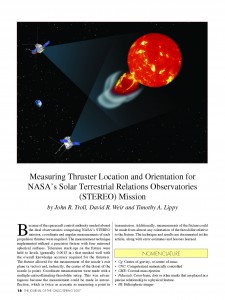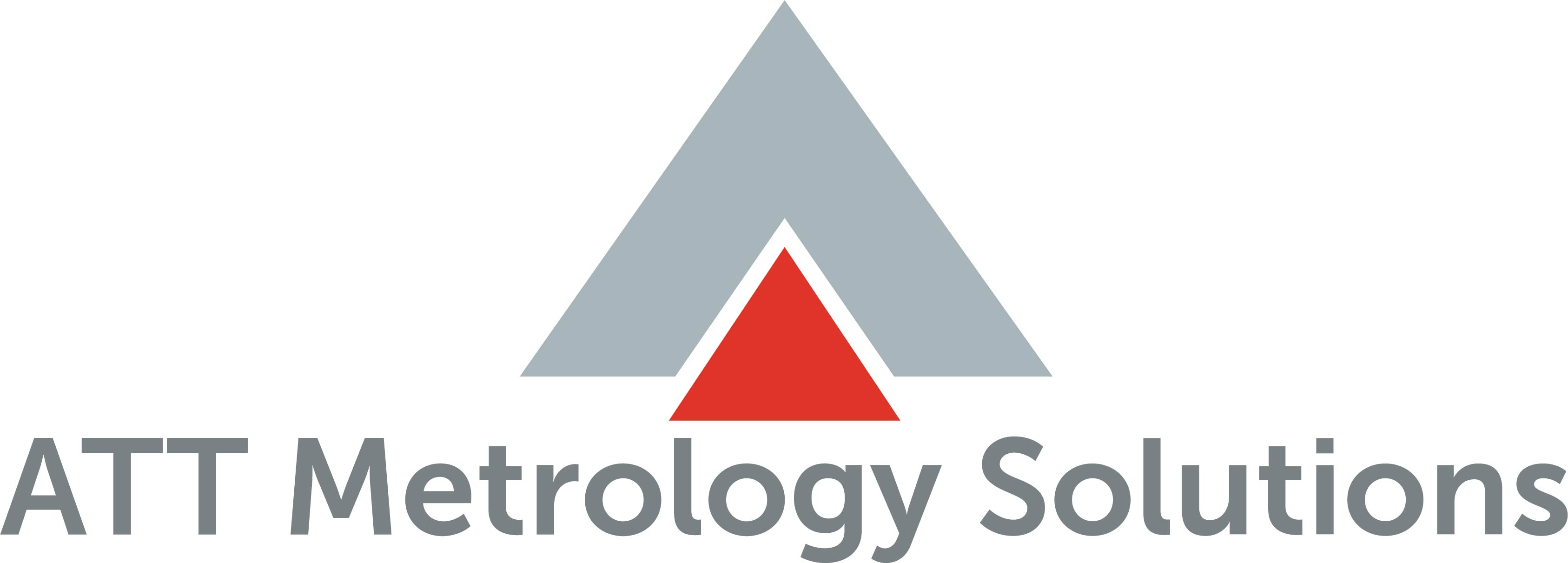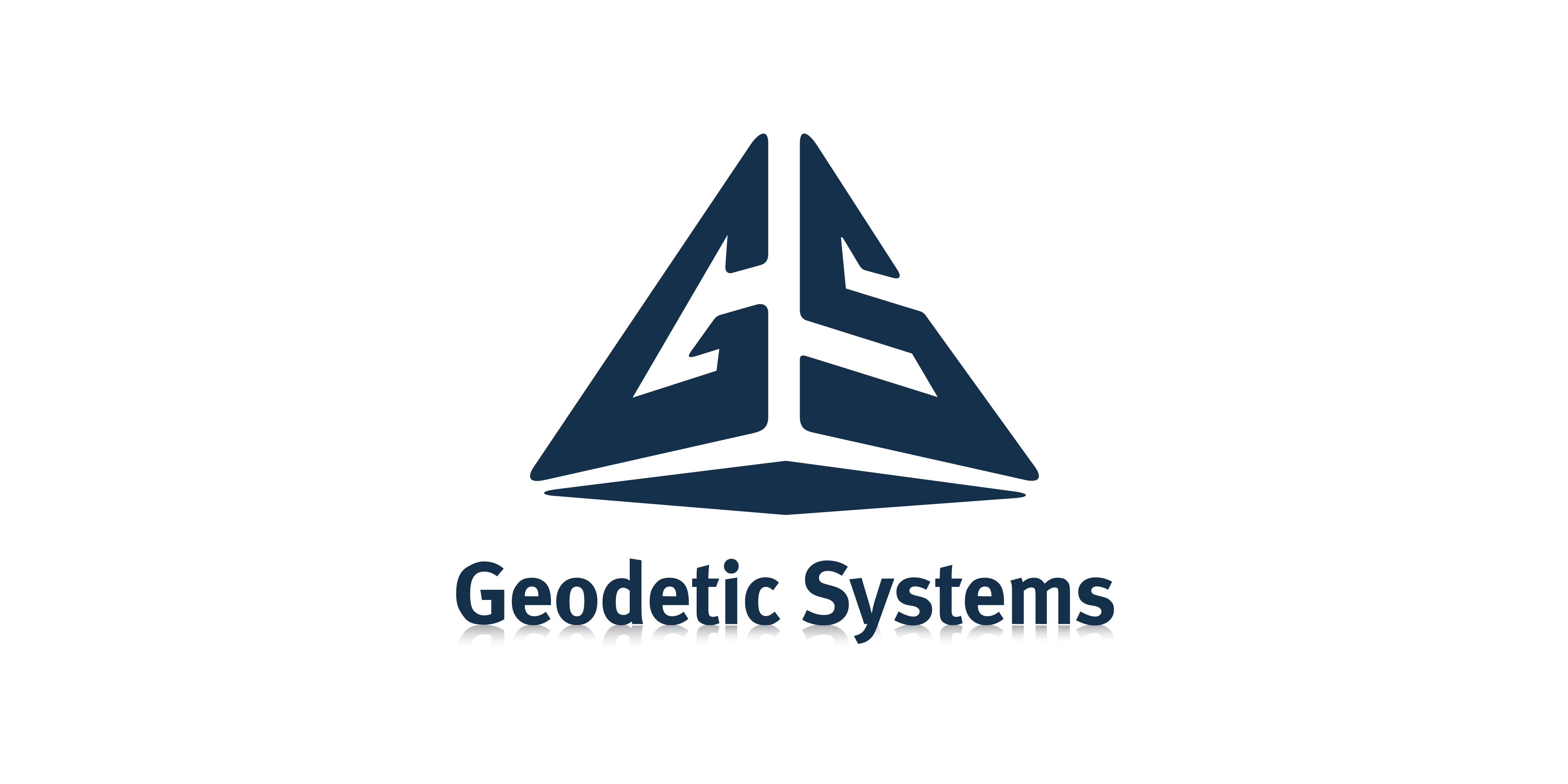
|
Download Members: $0.00 Non‑Members: $75.00 |
Buy Now |
Publication Details
| Published Date: | |
|---|---|
| Authors: | John R. Troll, David R. Weir, Timothy A. Lippy |
| Company: | CMSC |
| Print Format: | Technical Paper |
| Citation: | John R. Troll, David R. Weir, Timothy A. Lippy, "Measuring Thruster Location and Orientation for NASA’s Solar Terrestrial Relations Observatories (STEREO) Mission," The Journal of the CMSC, Vol. 2, No. 1, Spring 2007 |
Abstract
Because of the spacecraft control authority needed aboard the dual observatories comprising NASA’s STEREO mission, coordinate and angular measurements of each propulsion thruster were required. The technique implemented utilized a precision fixture with four mirrored spherical surfaces. Tolerance stack-ups on the fixture were held to levels (generally 0.0015 in.) that meshed well with the overall knowledge accuracy required for the thrusters. The fixture allowed for the measurement of the nozzle’s exit plane (a vector) and, indirectly, the center of the throat of the nozzle (a point). Coordinate measurements were made with a multiple-autocollimating-theodolite setup. This was advantageous because the measurement could be made in auto-reflection, which is twice as accurate as measuring a point in transmission. Additionally, measurements of the fixture could be made from almost any orientation of the theodolite relative to the fixture. The technique and results are documented in this article, along with error estimates and lessons learned.





